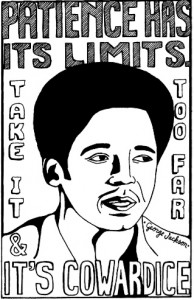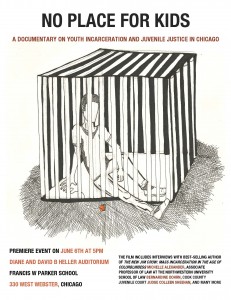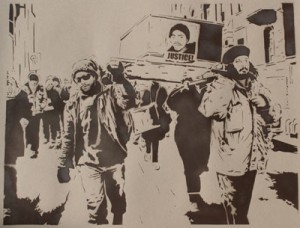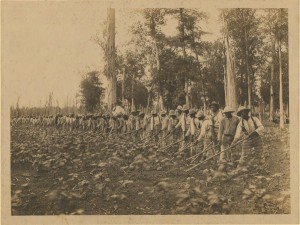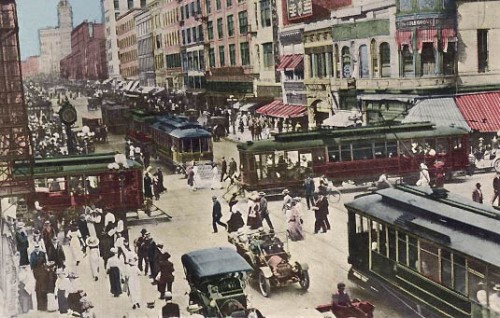A Letter from Prison from H. Rap Brown (1968)…
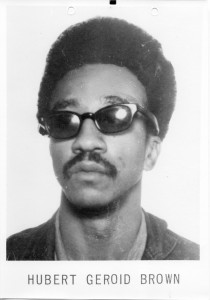 A couple of years ago, I acquired a mimeographed copy of a letter that H. Rap Brown (now Jamil Al-Amin) wrote from Parrish Prison (New Orleans) on February 21, 1968. The document was circulated during the late-60s across the U.S. I am excited to share the artifact at an upcoming exhibition this fall. In the meantime, I wanted to share the content of the letter here. I am including it exactly as it is written (including any spelling mistakes and/or typos). If you don’t know who H. Rap Brown is, you should read this excellent profile that appeared in the Nation Magazine in 2002.
A couple of years ago, I acquired a mimeographed copy of a letter that H. Rap Brown (now Jamil Al-Amin) wrote from Parrish Prison (New Orleans) on February 21, 1968. The document was circulated during the late-60s across the U.S. I am excited to share the artifact at an upcoming exhibition this fall. In the meantime, I wanted to share the content of the letter here. I am including it exactly as it is written (including any spelling mistakes and/or typos). If you don’t know who H. Rap Brown is, you should read this excellent profile that appeared in the Nation Magazine in 2002.
Being a man is the continuing battle of one’s life: one loses a bit of manhood with every stale compromise to the authority of any power in which one does not believe.
No slave should die a natural death. There is a point where coution ends and cowardice begins.
For every day I am imprisoned I will refuse both food and water. My hunger is for the liberation of my people. My thirst is for the ending of oppression.
I am a political prisoner, jailed for my beliefs — that black people must be free. The government has taken a position true to its fascist nature: those who cannot convert, they must silence. This government has become the enemy of mankind.
This can no longer alter our path to freedom. For our people, death has been the only known exit from slavery and oppression. We must open others.
Our will to live must no longer supersede our will to fight, for our fighting will determine if our race shall live. To desire freedom is not enough.
We must move from resistance to aggression, from revolt to revolution.
For every Orangeburg, there must be ten Detroits. For every Max Stanford and Huey Newton, there must be ten dead racist cops. And for every black death, there must be Dien Bien Phu.
Brothers and Sisters, and all oppressed people, we must prepare ourselves bothe mentally and physically, for the major confrontation is yet to come. We must fight. It is the people who in the final analysis make and determine history, not leaders or systems. The laws which govern us must be made by us.
May the dealths of ’68 signal the beginning of the end of this country. I do what i must out of the love for my people. My will is to fight. Resistance is not enough: aggression is the order of the day.
NOTE TO AMERICA:
If it takes my death to organize my people to revolt against you and to organize your jails to revolt against you, and to organize your troops to revolt against yo, and to organize your children, your God, your poor, your country, and to organize mankind to rejoice in your destruction and ruin, then here is my life. BUT, MY SOUL BELONGS TO MY PEOPLE!
LASIME TUSHINDE MBILASHAKA! (Translated from Swahili) WE SHALL CONQUER WITHOUT A DOUBT!

